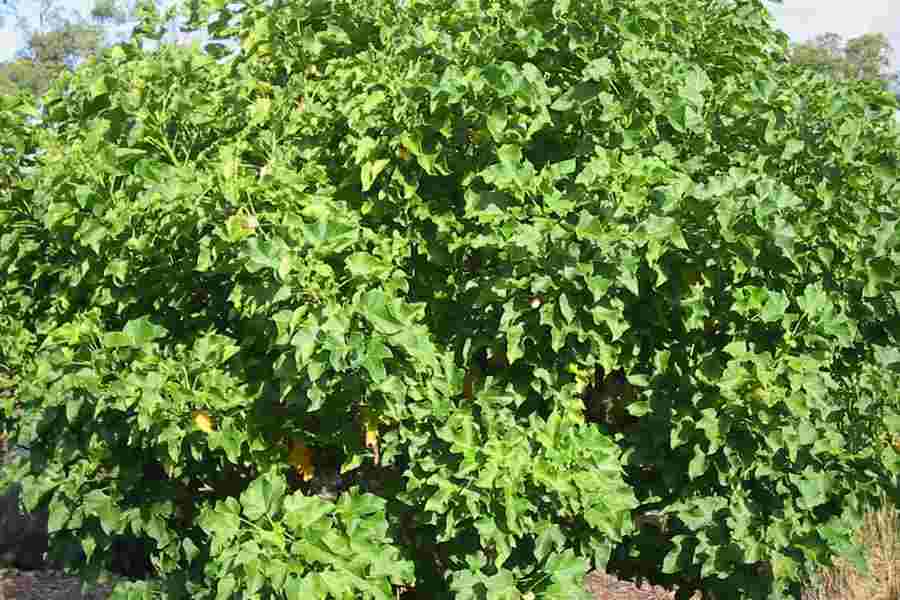The current discoveries of a International Energy Administration whistleblower that the IEA might have distorted essential oil projections under extreme U.S. pressure is, if real (and whistleblowers hardly ever step forward to advance their professions), a slow-burning atomic explosion on future international oil production. The Bush administration's actions in pushing the IEA to underplay the rate of decline from existing oil fields while overplaying the opportunities of discovering brand-new reserves have the prospective to toss federal governments' long-lasting preparation into turmoil.
Whatever the reality, increasing long term worldwide demands seem specific to overtake production in the next decade, especially offered the high and rising costs of establishing brand-new super-fields such as Kazakhstan's offshore Kashagan and Brazil's southern Atlantic Jupiter and Carioca fields, which will require billions in investments before their very first barrels of oil are produced.
In such a scenario, ingredients and substitutes such as biofuels will play an ever-increasing role by extending beleaguered production quotas. As market forces and rising costs drive this technology to the leading edge, one of the wealthiest potential production areas has been absolutely neglected by investors already - Central Asia. Formerly the USSR's cotton "plantation," the region is poised to become a major player in the production of biofuels if sufficient foreign investment can be acquired. Unlike Brazil, where biofuel is manufactured mainly from sugarcane, or the United States, where it is primarily distilled from corn, Central Asia's ace resource is a native plant, Camelina sativa.
Of the former Soviet Caucasian and Central Asian republics, those clustered around the coasts of the Caspian, Azerbaijan and Kazakhstan have actually seen their economies boom due to the fact that of record-high energy rates, while Turkmenistan is waiting in the wings as an increasing producer of gas.
Farther to the east, in Uzbekistan, Kyrgyzstan and Tajikistan, geographical seclusion and relatively little hydrocarbon resources relative to their Western Caspian next-door neighbors have mostly prevented their capability to money in on rising global energy needs already. Mountainous Kyrgyzstan and Tajikistan remain mostly reliant for their electrical requirements on their Soviet-era hydroelectric infrastructure, however their heightened need to create winter electrical energy has resulted in autumnal and winter water discharges, in turn significantly affecting the farming of their western downstream next-door neighbors Uzbekistan, Kazakhstan and Turkmenistan.
What these three downstream nations do have however is a Soviet-era legacy of agricultural production, which in Uzbekistan's and Turkmenistan case was mostly directed towards cotton production, while Kazakhstan, beginning in the 1950s with Khrushchev's "Virgin Lands" programs, has become a major manufacturer of wheat. Based upon my conversations with Central Asian federal government authorities, provided the thirsty demands of cotton monoculture, foreign propositions to diversify agrarian production towards biofuel would have great appeal in Astana, Ashgabat and Tashkent and to a lesser level Astana for those hardy financiers prepared to bet on the future, specifically as a plant indigenous to the region has already proven itself in trials.
Known in the West as incorrect flax, wild flax, linseed dodder, German sesame and Siberian oilseed, camelina is drawing in increased clinical interest for its oleaginous qualities, with numerous European and American business already examining how to produce it in industrial amounts for biofuel. In January Japan Airlines carried out a historical test flight utilizing camelina-based bio-jet fuel, ending up being the first Asian provider to try out flying on fuel stemmed from sustainable feedstocks during a one-hour demonstration flight from Tokyo's Haneda Airport. The test was the culmination of a 12-month evaluation of camelina's functional performance ability and potential commercial viability.
As an alternative energy source, camelina has much to advise it. It has a high oil content low in saturated fat. In contrast to Central Asia's thirsty "king cotton," camelina is drought-resistant and immune to spring freezing, needs less fertilizer and herbicides, and can be used as a rotation crop with wheat, which would make it of specific interest in Kazakhstan, now Central Asia's significant wheat exporter. Another perk of camelina is its tolerance of poorer, less fertile conditions. An acre sown with camelina can produce as much as 100 gallons of oil and when planted in rotation with wheat, camelina can increase wheat production by 15 percent. A lot (1000 kg) of camelina will consist of 350 kg of oil, of which pushing can draw out 250 kg. Nothing in camelina production is wasted as after processing, the plant's debris can be utilized for animals silage. Camelina silage has an especially attractive concentration of omega-3 fatty acids that make it an especially fine livestock feed candidate that is simply now gaining acknowledgment in the U.S. and Canada. Camelina is quick growing, produces its own natural herbicide (allelopathy) and competes well against weeds when an even crop is developed. According to Britain's Bangor University's Centre for Alternative Land Use, "Camelina might be an ideal low-input crop ideal for bio-diesel production, due to its lower requirements for nitrogen fertilizer than oilseed rape."
Camelina, a branch of the mustard family, is native to both Europe and Central Asia and barely a brand-new crop on the scene: historical proof shows it has been cultivated in Europe for a minimum of 3 millennia to produce both grease and animal fodder.
Field trials of production in Montana, presently the center of U.S. camelina research, showed a wide variety of outcomes of 330-1,700 pounds of seed per acre, with oil content varying in between 29 and 40%. Optimal seeding rates have been figured out to be in the 6-8 pound per acre range, as the seeds' little size of 400,000 seeds per lb can produce problems in germination to accomplish an optimal plant density of around 9 plants per sq. ft.
Camelina's potential could allow Uzbekistan to begin breaking out of its most dolorous tradition, the imposition of a cotton monoculture that has warped the country's attempts at agrarian reform since attaining independence in 1991. Beginning in the late 19th century, the Russian federal government determined that Central Asia would become its cotton plantation to feed Moscow's growing textile market. The procedure was sped up under the Soviets. While Azerbaijan, Kazakhstan, Tajikistan and Turkmenistan were also ordered by Moscow to sow cotton, Uzbekistan in particular was singled out to produce "white gold."
By the end of the 1930s the Soviet Union had ended up being self-dependent in cotton; 5 decades later on it had actually ended up being a significant exporter of cotton, producing more than one-fifth of the world's production, concentrated in Uzbekistan, which produced 70 percent of the Soviet Union's output.
Try as it might to diversify, in the lack of alternatives Tashkent stays wedded to cotton, producing about 3.6 million tons yearly, which brings in more than $1 billion while making up roughly 60 percent of the country's hard cash earnings.
Beginning in the mid-1960s the Soviet government's instructions for Central Asian cotton production mainly bankrupted the region's scarcest resource, water. Cotton utilizes about 3.5 acre feet of water per acre of plants, leading Soviet organizers to divert ever-increasing volumes of water from the area's 2 main rivers, the Amu Darya and Syr Darya, into inefficient watering canals, leading to the significant shrinking of the rivers' last location, the Aral Sea. The Aral, once the world's fourth-largest inland sea with a location of 26,000 square miles, has actually diminished to one-quarter its initial size in among the 20th century's worst ecological catastrophes.

And now, the dollars and cents. Dr. Bill Schillinger at Washington State University just recently explained camelina's business design to Capital Press as: "At 1,400 pounds per acre at 16 cents a pound, camelina would bring in $224 per acre; 28-bushel white wheat at $8.23 per bushel would gather $230."
Central Asia has the land, the farms, the irrigation facilities and a modest wage scale in comparison to America or Europe - all that's missing out on is the foreign investment. U.S. investors have the money and access to the know-how of America's land grant universities. What is particular is that biofuel's market share will grow over time; less specific is who will profit of developing it as a practical concern in Central Asia.

If the current past is anything to go by it is not likely to be American and European financiers, fixated as they are on Caspian oil and gas.
But while the Japanese flight experiments suggest Asian interest, American investors have the scholastic knowledge, if they are ready to follow the Silk Road into establishing a brand-new market. Certainly anything that minimizes water use and pesticides, diversifies crop production and improves the lot of their agrarian population will receive most mindful consideration from Central Asia's federal governments, and farming and veggie oil processing plants are not just more affordable than pipelines, they can be built more rapidly.
And jatropha curcas's biofuel capacity? Another story for another time.



